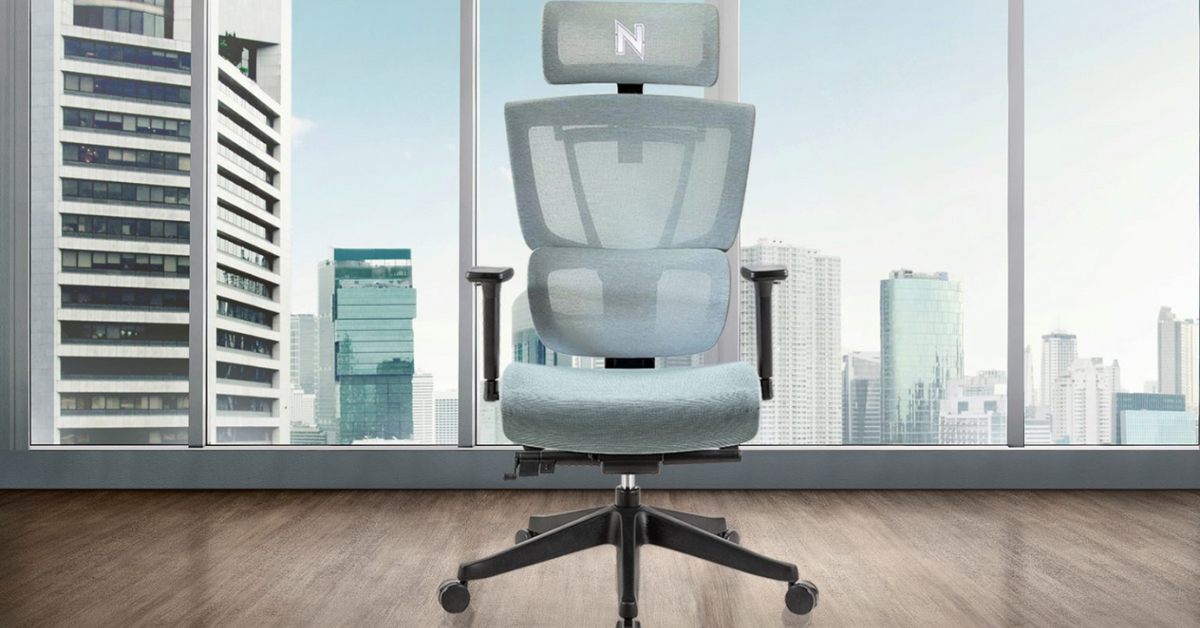Hinomi vs Nextchair: Which Ergonomic Chair is Better for Comfort and Productivity?
In the world of ergonomic office furniture, the debate of Hinomi vs Nextchair has become a hot topic among professionals, gamers, and work-from-home users. Both brands have gained significant popularity for their innovative designs, premium materials, and focus on comfort. But when it comes to choosing the perfect chair for your workspace, which one truly stands out?
This comprehensive comparison explores the features, comfort level, adjustability, design, pricing, and overall value of Hinomi and Nextchair. By the end of this article, you’ll have a clear understanding of which chair better fits your needs.
Overview: Hinomi and Nextchair
Before diving into the detailed comparison, let’s understand what makes these two brands so popular.
Hinomi is known for its advanced ergonomic technology and focus on human-centric design. Their flagship models like the Hinomi H1 Pro and H1 Classic have revolutionized sitting comfort with multi-directional headrests, dynamic lumbar support, and flexible recline mechanisms.
On the other hand, Nextchair has built a reputation for combining sleek design with intelligent ergonomics. It caters to both office professionals and gamers who value style and comfort. The Nextchair Pro is particularly recognized for its adaptive spine support and breathable mesh design.
When comparing Hinomi vs Nextchair, both deliver outstanding ergonomics, but their design philosophies differ. Hinomi leans toward all-day comfort and adjustability, while Nextchair emphasizes modern aesthetics and efficient posture support.
Design and Build Quality
When it comes to Hinomi vs Nextchair, design is one of the biggest differentiators.
Hinomi chairs are built with premium-quality materials like high-density mesh, aluminum frames, and flexible polymer components. The design is sleek yet functional, offering a minimalist aesthetic that fits both professional and home office setups. The color options and modern build make Hinomi chairs suitable for any interior style.
Nextchair, on the other hand, focuses on futuristic styling with a sporty appearance. Many of their chairs have a more dynamic and bold design, appealing especially to gamers or users who want a visually striking chair. The build quality is equally impressive, with durable metal frames and high-tensile mesh that ensures long-term reliability.
If you prefer a professional, understated design, Hinomi might be your go-to. But for those who love bold aesthetics and gaming-inspired looks, Nextchair wins this round.
Ergonomics and Comfort
Ergonomics is where the real Hinomi vs Nextchair battle begins.
Hinomi is renowned for its fully adjustable features. You can modify almost every part of the chair — from the headrest angle and lumbar support depth to seat tilt and armrest height. This makes Hinomi a favorite for users who spend long hours at their desks. The H1 Pro model, for instance, has a flexible lumbar system that automatically adapts to your spine’s natural curvature, reducing lower back strain.
Nextchair also offers excellent ergonomic support. Its adaptive backrest provides consistent spinal alignment, while the adjustable armrests and seat depth ensure balanced posture. However, its range of adjustability may be slightly less extensive than Hinomi’s.
In comfort terms, Hinomi provides a more cushioned and flexible sitting experience. Nextchair’s firmness, meanwhile, encourages upright posture and focus — making it better suited for users who prioritize productivity over plush comfort.
Breathability and Material Quality
When discussing Hinomi vs Nextchair, breathability plays a major role in long-term comfort, especially in warm climates.
Hinomi chairs use premium, high-resilience mesh that enhances air circulation and prevents heat buildup. The fabric is designed to stay cool even during long working sessions. This makes Hinomi ideal for users who sit for extended periods or work in non-air-conditioned environments.
Nextchair also employs advanced mesh technology, but with a tighter weave that offers a firmer sitting surface. While it’s breathable, it may not be as flexible as Hinomi’s softer mesh. However, the durability of Nextchair’s material is excellent, ensuring long-lasting performance.
Adjustability and Features
The Hinomi vs Nextchair comparison wouldn’t be complete without analyzing their adjustability and features.
Hinomi excels in customization. Its flagship chairs feature:
-
4D adjustable armrests
-
Dynamic lumbar support
-
Synchro-tilt mechanism
-
Adjustable headrest and seat depth
-
Recline lock with tension control
These features ensure the chair adapts to your exact body type and sitting habits. Hinomi’s advanced mechanics make it suitable for people who alternate between tasks, meetings, and relaxation.
Nextchair, while slightly less adjustable, still offers a wide range of customization. The Nextchair Pro includes:
-
3D armrests
-
Adjustable lumbar pad
-
Tilt lock system
-
Flexible backrest support
It provides solid ergonomics but focuses more on maintaining an active sitting posture rather than deep recline comfort.
Price and Value
In the Hinomi vs Nextchair comparison, pricing often becomes the deciding factor.
Hinomi chairs are typically on the premium side, ranging between $600 to $900, depending on the model and configuration. However, the high build quality and superior ergonomics justify the price for many users.
Nextchair is usually more affordable, with prices starting around $400 to $700. It offers excellent value for money, especially for users seeking a balance between style and comfort without overspending.
If budget is a key concern, Nextchair offers an attractive price-performance ratio. But for those seeking long-term comfort and ultimate adjustability, Hinomi is worth the extra investment.
User Experience and Reviews
Customer feedback offers valuable insights in the Hinomi vs Nextchair debate.
Users of Hinomi often praise the chair’s exceptional lumbar support, easy assembly, and the noticeable improvement in posture and comfort. Many reviews highlight reduced back pain and fatigue after switching to Hinomi.
Nextchair users appreciate its sleek design, firm support, and excellent ventilation. Gamers and office professionals alike enjoy its stable build and posture-correcting structure. However, a few users mention that it can feel slightly stiff during long hours compared to Hinomi’s softer seat cushioning.
Final Verdict: Hinomi vs Nextchair
So, which one wins the Hinomi vs Nextchair showdown?
It depends on your needs:
-
Choose Hinomi if you want maximum comfort, superior adjustability, and premium ergonomics for all-day sitting. It’s the better option for those working long hours at a desk or dealing with back discomfort.
-
Choose Nextchair if you prefer a stylish, firm, and budget-friendly option that promotes proper posture and suits both work and gaming setups.
Both brands deliver exceptional quality and ergonomics — the right choice ultimately depends on your personal comfort preferences and budget.
Conclusion
In summary, the Hinomi vs Nextchair comparison highlights two of the best ergonomic chair brands in the market today. While Hinomi excels in customization, comfort, and long-term health benefits, Nextchair stands out for its sleek aesthetics, sturdy build, and value pricing.
No matter which you choose, both Hinomi and Nextchair can elevate your workspace, enhance productivity, and support a healthier posture — ensuring that your investment in an ergonomic chair pays off for years to come.







